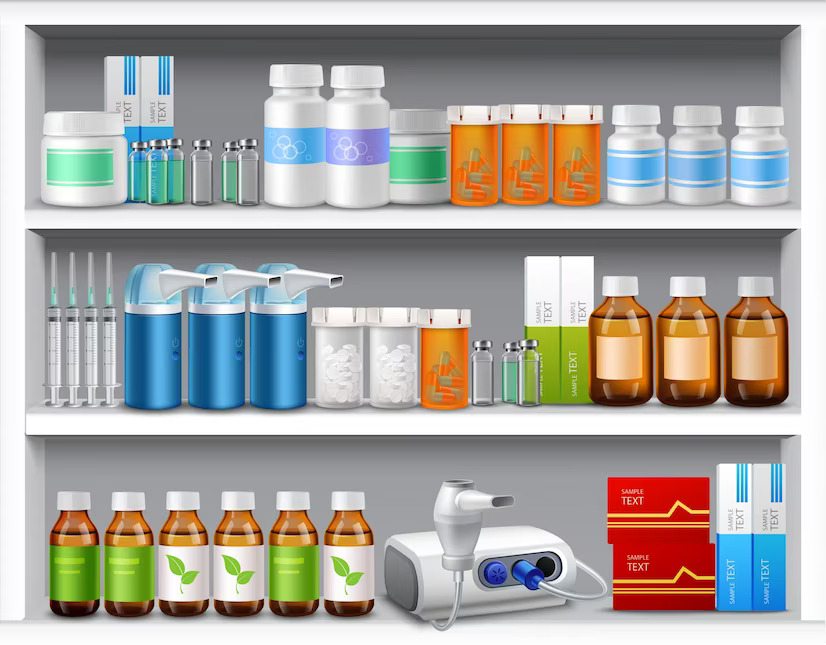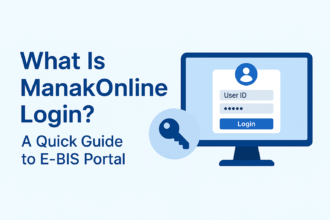How to Create Child Resistant Packaging for Your Pharmaceuticals Business?
It is no surprise that people of all ages must use medicines for one reason or another. However, it is important to keep kids away from these pharmaceutical products. While it is not possible to keep an eye on kids all the time, you can still come up with a solution that will ensure kids’ safety all the time. One such solution is creating child-resistant packaging. It is not only a legal requirement but also plays a vital role in safeguarding the well-being of children in our society. If you own a pharmaceutical business, it is important for you to invest in this packaging solution. If you are wondering how to create this type of packaging, I have mentioned everything in detail below.
How to Create Child-Resistant Packaging for Your Pharmaceuticals Business

This article will also discuss the importance of such packaging and how it can prevent accidental ingestion or misuse by young children who may be curious and mistake medicines for candies. From the right materials to the legal requirements, you will learn about every aspect of the packaging to create Child Resistant Packaging.
You Must Comply with Industry Laws and Standards
When creating packaging for pharmaceutical products, it is essential to prioritize the safety of children by complying with industry standards and laws. Accidental ingestion or exposure to medication can have severe consequences, so pharmaceutical businesses must ensure that their packaging meets the legal requirements defined by government bodies and organizations.
Testing packaging designs thoroughly is an important aspect of compliance to ensure that they effectively prevent access by children. The evaluation process includes testing for child resistance, user-friendliness for senior adults, and accessibility for individuals with disabilities.
What Packaging Options Do You Have?
Although child-resistant containers already have established regulations, pharmaceutical companies should consider exploring innovative packaging options that go beyond the basic requirements.
One option gaining popularity among pharmaceutical businesses is blister packaging. Unlike traditional pill bottles, blister packs can incorporate special mechanisms like push-through foils or child-resistant locking features to enhance their safety efficacy further. This type of packaging not only ensures that medication remains secure but also visually communicates potential danger to parents or caregivers.
Another emerging trend is using smart caps and electronic locks. Smart caps can include features like fingerprint scanners or Bluetooth connectivity, while electronic locks utilize digital codes or biometric identification methods. By implementing these advances, you can enhance the child-resistant features while also adding a layer of convenience and reassurance for patients and their families.
Choose the Right Material Option to Ensure Child Safety
When it comes to creating packaging that is sturdy enough not to be opened by kids easily, the material you choose plays a major role. If you are unsure what type of materials works best for creating this packaging, high-density polyethylene (HDPE) plastics are one of the best choices. Packaging made from it is sturdy, and those little hands might find it difficult to access.
Another material worth considering is the rigid board. Rigid boxes provide excellent barrier properties, keeping moisture, light, and oxygen out, which can help extend the medications’ shelf life while protecting them from external elements. Additionally, rigid packaging offers extra protection against accidental ingestion by children due to its sturdy construction.
Implement Proper Labeling and Instructions for Parents
If you run a pharmaceutical company, it is important to know the importance of proper labeling on the packaging. Of course, kids cannot read the instructions, but parents can. When you create child-resistant packaging, implementing proper labeling and instruction comes under the necessary safety standards. It is because such warnings and instructions can minimize the risk of accidental poisoning and kids consuming medicines thinking they are candy.
However, one important factor that should not be overlooked is creating labels with clear information on them. You need to make sure that you print everything that customers need to know. For example, there should be instructions to use, dosage information, potential hazards, and other relevant information. If needed, to enhance the understanding for parents, you can also choose to add images or symbols for people who cannot really read but can understand the graphics.

















